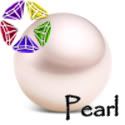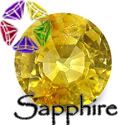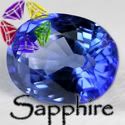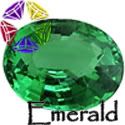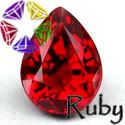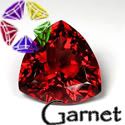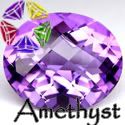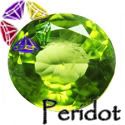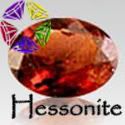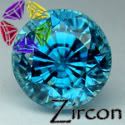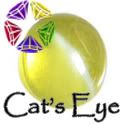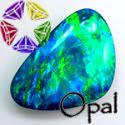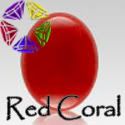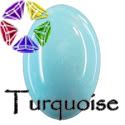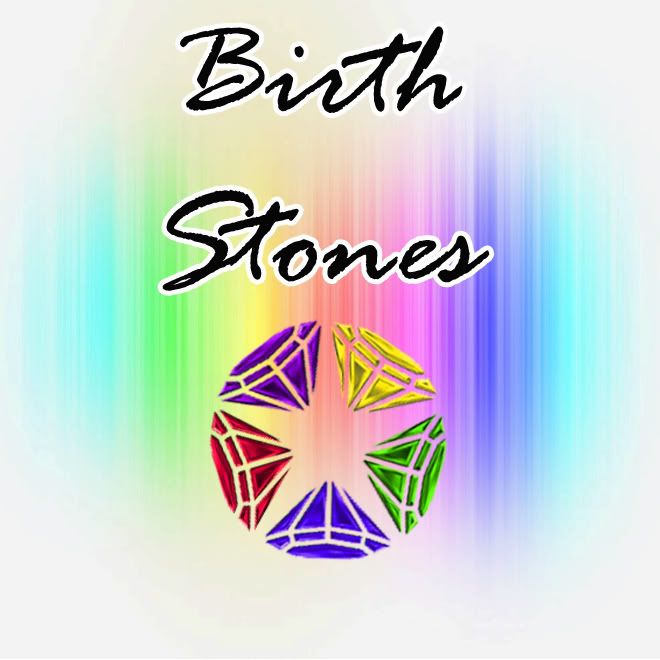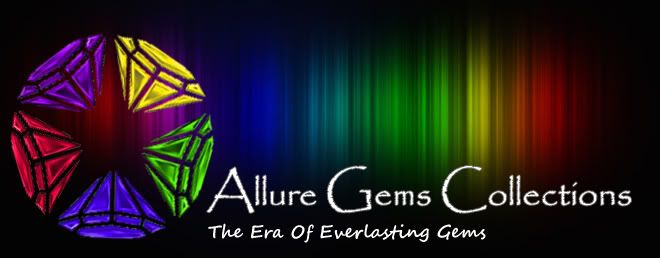
Labels
|

| Yellow Sapphire | 3:06 PM |
|
comments (0)
Filed under:
Astrological Stones,
Collections,
Information,
Precious Stone,
Sapphires,
Yellow Sapphire
|
|
 Yellow sapphire is the astrological, Jyotish gem related to Jupiter, which is the planet of happiness, prosperity, luck and fortune. Jupiter is the significator of wealth, children, government and the grace of God. Promotes general well-being and spiritual knowledge. Wearing a faultless yellow sapphire of at least 1.5 carats is said to bring money and wealth as well as good marriage and childbirth in the case of a married woman. Yellow sapphire can be substituted with yellow topaz, yellow beryl or yellow zircon of at least 5 carats.
Yellow sapphire is the astrological, Jyotish gem related to Jupiter, which is the planet of happiness, prosperity, luck and fortune. Jupiter is the significator of wealth, children, government and the grace of God. Promotes general well-being and spiritual knowledge. Wearing a faultless yellow sapphire of at least 1.5 carats is said to bring money and wealth as well as good marriage and childbirth in the case of a married woman. Yellow sapphire can be substituted with yellow topaz, yellow beryl or yellow zircon of at least 5 carats.Gemological properties
Chemical composition: AL2O3 (aluminun oxide)
Color: Any shade of yellow, from pale yellow color to dark orangish golden to greenish yellow
Hardness: 9
Density: 4.00
Refractive index: 1.762 - 1.770
Birefringence: 0.008
Occurrence: Sri Lanka, Burma, Thailand, Cambodia, Australia, East Africa, USA.
Species: Corundum
Astrological Properties
Planet: JupiterCosmic Color: Light Blue
Number: 3
Chakra: 2nd, Ajna
Sign: Sagittarius & Pisces
Element: Ether
Day: Thursday
Time: Sunset
Sanskrit Names
Pusparaga (Yellow Sapphire)Guru-Ratna (Gem of Guru)
Puspa-Raja (King of flowers)
Vascapati (Beloved of Jupiter)
Prevention of Diseases
Liver complaints, jaundice, dropsy, flatulence, dyspepsia, abscess, disorders of pancreas, tumors, skin troubles, cerebral congestion, catarrh, circulation of blood in the arteries and fat in the body.| Blue sapphire | 1:00 AM |
|
Filed under:
Astrological Stones,
Birthstones,
Blue Sapphire,
Collections,
Information,
Precious Stone,
Sapphires
|
|
Blue Sapphire
 Sapphire is the traditional birthstone for the month of September. Sapphire has long been the symbol of the sky and heavens, the guardian of truth and the protector of chastity. The ancient Persians held the belief that the entire world rested on a sapphire and its reflection is what made the sky blue. Sapphires have had a long history of being engagement gifts among royalty and nobility. This includes the widely popular Lady Diana Spencer who received a blue sapphire and diamond ring upon her engagement to Prince Charles. In blue, sapphire ranges from a very light pale blue to vivid violet blue to a deep midnight blue.
Sapphire is the traditional birthstone for the month of September. Sapphire has long been the symbol of the sky and heavens, the guardian of truth and the protector of chastity. The ancient Persians held the belief that the entire world rested on a sapphire and its reflection is what made the sky blue. Sapphires have had a long history of being engagement gifts among royalty and nobility. This includes the widely popular Lady Diana Spencer who received a blue sapphire and diamond ring upon her engagement to Prince Charles. In blue, sapphire ranges from a very light pale blue to vivid violet blue to a deep midnight blue.
Blue sapphire is the Jyotish gem related to Saturn, which is the planet of wisdom, integrity and discipline. It rules responsibility, leadership, ambition and wisdom born of experience. It's also the planet of renunciation and spiritual journey. Wearing an unheated blue sapphire of at least 1.5 carats is said to bring discipline and bestow the ability to govern and lead others. Blue sapphire can be substituted with blue spinel, amethyst, blue tourmaline of at least 3-4 carats.
Gemological properties
Chemical composition: AL2O3 + FeHardness: 9
Density: around 4
Refractive index: 1.762-1.77
Birefringence: 0.008
Pleochroism: Strong dichroism
Color: Light blue to dark blue, violetish-blue, greenish-blue, steely-blue, color change from blue or greenish blue to violet-purple to purple.
Occurrence: Sri Lanka, Thailand (Kanchanaburi), Cambodia (Pailin), Burma, Kashmir, Australia (Anakie), Tanzania, Madagascar, USA (Montana, Yogo Gulch).
Astrological properties
Planet: SaturnCosmic Color: Violet
Number: 8
Chakra: 4th, Arahata
Sign: Capricorn
Element: Air
Day: Saturday
Time: Sunset
Sanskrit Names
Nilam (Blue sapphire)Nila-mani (Blue jewel)
Indra-nilam (Royal blue gem)
Sani-ratna (Saturn's gem)
Signs of a well-placed Saturn
Wisdom, integrity, discipline, spiritual achievement trough humility, patience, dedication and non-attachment.
Saturn also govern leadership and perfection, highest human qualities, and longevity.
Prevention of the following diseases
Paralysis, asthma, rheumatisms, teeth problems, bones problems.
Birthstone for: September
Birthstone for the month of September, the name Sapphire comes from the Greek word "Sappheiros", meaning blue. However, sapphires are formed in nature in a literal rainbow of colors, ranging from very light to very dark blue, bluish green, yellow, brown, pink, violet, slightly reddish orange, and a fabulous pinkish-orange that is referred to as "padparadscha". The name padparadscha is derived from the Sinhalese for "lotus flower". The mineral name for sapphire is Corundum and its pure red form it would be known as ruby. The finest sapphire color in the blue hues is a rich, velvety, cornflower blue known as "Kashmir", which references the area of India where these precious gemstones were once mined. Most current production comes from Sri Lanka, Burma, Thailand, Australia, Africa and Montana. Sapphire will sometimes occur in nature in such a way whereby numerous needle-like inclusions within the gemstone are oriented in just the right angles within the stone, to produce a phenomenon that is called "asterism". As such a six-pointed star will appear to float just beneath the surface of the gemstone when subjected to an incandescent light source. These gemstones will always range from translucent to opaque and they depend on the cutters art to fashion them into a polished, domed shape known as "cabochon".
Enhancements — As is the case with many colored gemstones, sapphires are routinely enhanced to improve their color and their clarity, the most notable being controlled heating. Many enhancement procedures are generally recognized and accepted throughout the jewelry industry and, in most cases, these enhancements are irreversible, permanent, and will produce a gemstone that is more beautiful. One should be leery, however, of enhancement techniques that are not permanent. If you intend to purchase any fine colored gemstone you should deal with a jeweler who is gemologically trained to explain the differences.Order/Enquiry Form

© 2008 Allure Gems Collections
Redesign by DevilCp
Design by Templates4all
Converted to Blogger Template by BloggerTricks.com

